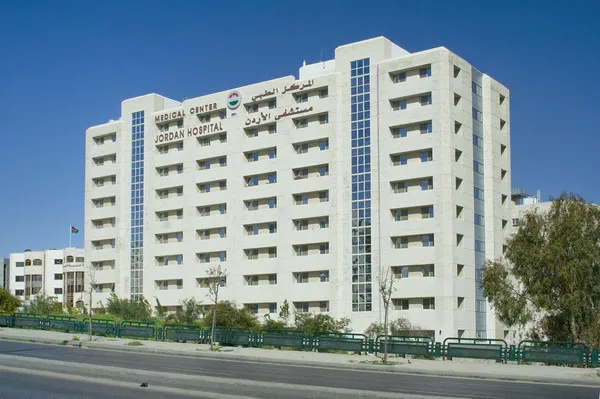FAQs
What percentage of stroke patients make a full recovery?
While the exact percentage varies depending on factors like the severity of the stroke and individual health conditions, research suggests that approximately 10 to 20% of stroke survivors achieve a full recovery.
How long does it take to get your balance back after a stroke?
Recovery of balance after a stroke varies greatly among individuals. Some may regain balance within weeks or months through rehabilitation, while others may experience ongoing challenges. Generally, significant improvement in balance can occur within the first six months to a year post-stroke.
What do stroke victims struggle with?
Stroke survivors commonly struggle with a range of physical, cognitive, and emotional challenges. These may include paralysis or weakness, difficulty with speech and language, memory and cognitive impairments, depression, anxiety, and challenges with activities of daily living. Rehabilitation and support services aim to address these struggles and improve quality of life.
Related topics:
- Heat Stroke: Recognizing Symptoms & Providing First Aid
- ESRD: Understanding Life Expectancy and Quality of Life
- Understanding Heat Exhaustion & Diarrhea


